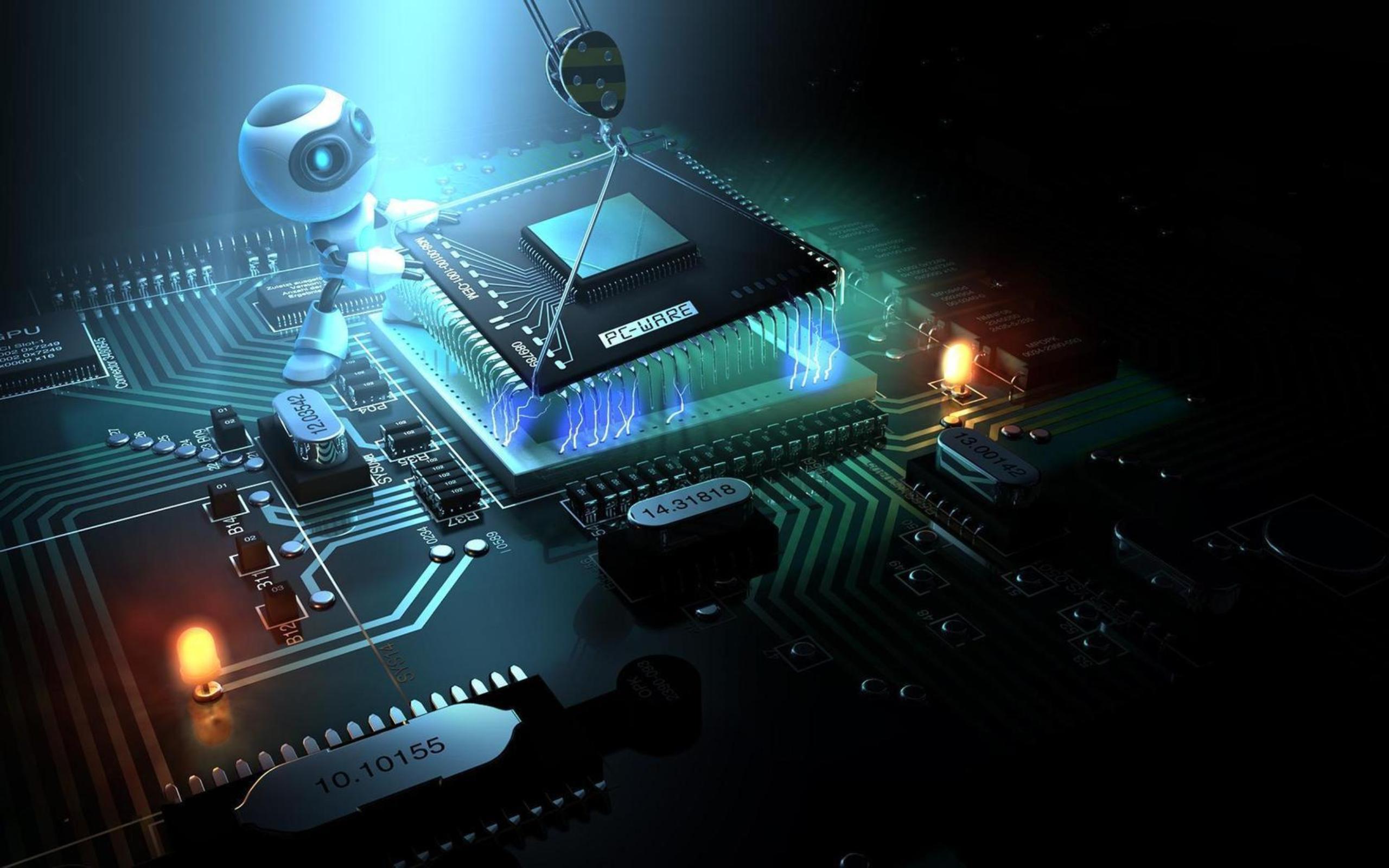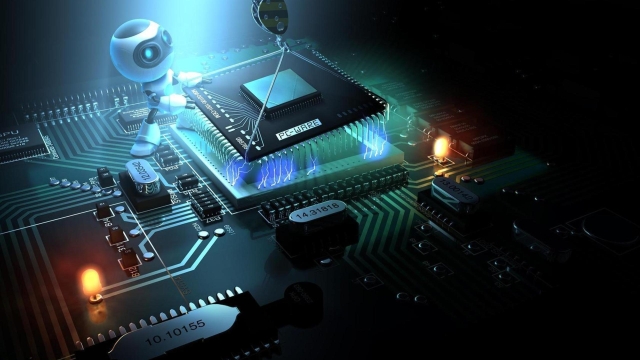
Deepfake technology has taken the world by storm, blurring the lines between reality and illusion in a way we’ve never experienced before. With just a few clicks, anyone can now seamlessly superimpose one person’s face onto another’s, creating convincing yet fabricated videos that have the potential to deceive even the most astute observers. As this technology advances, it raises profound ethical and societal concerns, prompting us to question the authenticity of the images and videos we encounter daily. The deepfake dilemma has emerged as a pressing issue, compelling us to unveil the dubious world of AI-altered realities and confront the implications these manipulations have on trust, privacy, and the very nature of truth itself.
At its core, deepfake technology harnesses the power of artificial intelligence to manipulate visual and audio content, superimposing one person’s likeness onto another’s with astonishing precision. Initially used for harmless parodies and amusing creations, the technology has rapidly evolved, now allowing anyone with access to the necessary tools to manipulate videos with ease. The consequences of this accessibility are far-reaching, as deepfakes can be used to spread falsehoods, fuel misinformation campaigns, and even threaten the reputation of individuals or institutions. Thus, this once-niche technology has become a battleground where truth and deception collide, leaving many questioning the validity of what they see and hear in the digital realm.
The Rise of Deepfake Technology
The evolution of artificial intelligence has paved the way for an intriguing yet contentious innovation – deepfake technology. Enabled by sophisticated algorithms and machine learning, deepfakes empower individuals to manipulate audio and video content, creating incredibly realistic simulations. This emerging technology has gained attention for both its creative potential and its potential for misuse.
Deepfake technology has experienced a rapid rise in popularity in recent years. With advancements in AI and computer vision, the deepfake phenomenon has become increasingly accessible to both tech enthusiasts and malicious actors. Initially used for harmless entertainment purposes, such as swapping faces in videos or creating comical parodies, its more sinister applications have become a cause for concern.
One notable aspect contributing to the rise of deepfakes is the ease of availability of open-source libraries and user-friendly tools. These resources enable users to generate deepfakes without requiring in-depth technical knowledge. The democratization of deepfake technology has both positive and negative implications, as it amplifies the potential for widespread misuse while also fostering innovative and creative applications.
The rapid dissemination of deepfakes through social media platforms and other digital channels has further fueled its popularity. Deepfakes have the potential to mislead and deceive unsuspecting viewers, posing a significant risk to public trust. As the technology continues to advance, it is crucial to address the ethical, legal, and societal implications surrounding its usage, ensuring safeguards are in place to mitigate the potential harm caused by malicious use.
Overall, the rise of deepfake technology presents a fascinating yet concerning challenge. As society grapples with its implications, balancing innovation and security will be key in navigating the dubious world of AI-altered realities.
The Implications of AI-Altered Realities
AI-altered realities, also known as deepfakes, have ushered in a new era of concern and ethical dilemmas. The emergence of deepfake technology brings forth a myriad of implications that demand careful examination. From the manipulation of truth to the potential for misinformation, society finds itself entangled in a web spun by these AI-generated illusions.
One of the most pressing implications of deepfake technology lies in its potential to erode the trust we place in video evidence. With the ability to convincingly fabricate videos, it becomes increasingly challenging to discern what is real and what is not. This raises questions about the authenticity of evidence presented in legal matters, news reporting, and even personal relationships. A single deepfake video has the power to sow seeds of distrust that can have far-reaching consequences.
Furthermore, the impact of AI-altered realities on public discourse cannot be overstated. The ease with which deepfakes can be created and shared enables the spread of false narratives and the amplification of propaganda. In a world where information is disseminated at an alarming rate, the proliferation of deepfakes poses a significant threat to the integrity of public discourse. The ability to manipulate reality through AI algorithms heightens the risk of manipulation and deception, making it increasingly difficult to separate fact from fiction.
Additionally, the rise of deepfakes has implications for personal privacy and consent. With the ability to superimpose anyone’s face onto any video scenario, individuals’ images can be misappropriated and used without their knowledge or consent. This raises concerns about a potential infringement on personal privacy and the potential for harassment, cyberbullying, and reputational damage. As AI-altered realities continue to evolve, safeguards must be put in place to protect individuals’ rights and prevent the misuse of this technology.
In conclusion, the implications of AI-altered realities are immense and wide-ranging. They impact our ability to discern truth, compromise the integrity of public discourse, and raise concerns about personal privacy. It is imperative that we address these implications with a sense of urgency, working towards a balanced understanding and responsible use of this evolving technology.
Combating the Spread of Deepfakes
With the rise of deepfake technology, the need for effective strategies to combat its spread becomes increasingly urgent. As these AI-altered realities become more sophisticated and convincing, it is crucial that we find ways to detect and counteract their harmful effects.
One approach to combat deepfakes is through the development of advanced detection systems. By leveraging machine learning algorithms and pattern recognition techniques, researchers are working towards creating tools that can identify manipulated content with high accuracy. These detection systems analyze various digital traces and inconsistencies in order to spot the telltale signs of a deepfake.
Another important aspect in combating the spread of deepfakes is raising awareness and promoting media literacy. Educating the public about the existence and potential dangers of deepfake technology is essential in empowering individuals to critically evaluate the authenticity of digital content. By teaching people how to discern between genuine and manipulated media, we can undermine the influence and impact of deepfakes.
Furthermore, collaborations between technology companies, researchers, and policymakers are crucial in developing effective solutions. By working together, these stakeholders can share knowledge, resources, and expertise to address the challenges posed by deepfake technology. Additionally, international cooperation and the implementation of legal frameworks can help establish guidelines and regulations to prevent the malicious use of deepfakes.
In conclusion, combating the spread of deepfakes requires a multi-faceted approach. Through the development of advanced detection systems, promoting media literacy, and fostering collaborations, we can strive towards mitigating the risks and consequences associated with this dubious world of AI-altered realities.
